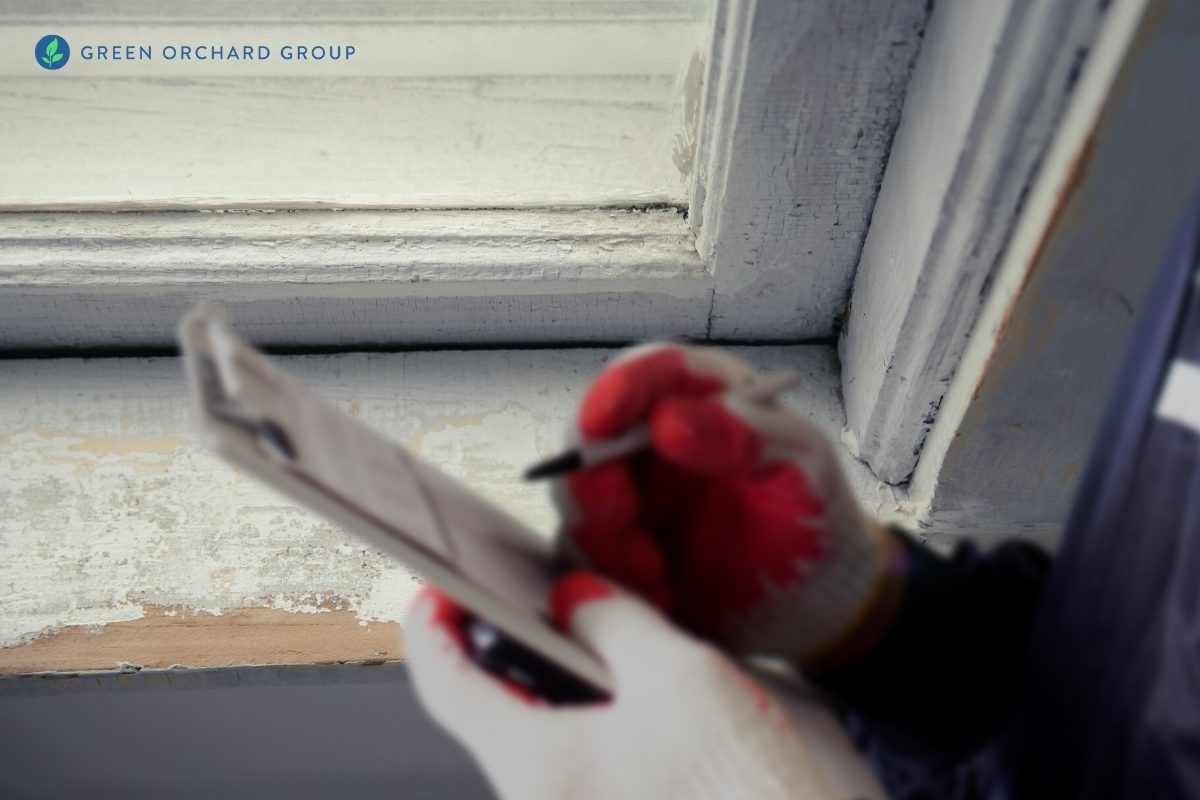Specialist Lead Violation Removal in NYC-- Guard Against Health Hazards
Necessary Devices and Methods for Effective Lead Violation Cleanup
Resolving lead violations successfully necessitates an extensive strategy that blends the right tools with critical approaches. Simultaneously, the usage of specialized cleanup tools, such as HEPA vacuum cleaners and lead-specific cleansing agents, is crucial for thorough pollutant removal. Efficient containment methods, including plastic sheet and unfavorable air pressure systems, are necessary to stop the spread of dangerous materials.
Individual Protective Tools
Individual protective devices (PPE) is an essential part in the effective management of lead contamination clean-up. PPE works as a vital barrier, guarding workers from the dangerous impacts of lead exposure, which can lead to serious health and wellness effects. The essential PPE for lead cleanup includes respirators, safety garments, handwear covers, and eye security. Each kind of devices is particularly created to alleviate various dangers connected with lead bits and dust.
Respirators, specifically those furnished with HEPA filters, are vital for filtering airborne lead fragments, protecting against breathing. Appropriate fit and seal checks are essential to guarantee their performance. Protective clothing, consisting of coveralls and non reusable suits, prevents lead dirt from adhering to workers' garments, lowering the danger of secondary contamination. Handwear covers, normally made of nitrile or latex, secure the skin from straight contact with lead, while safety and security goggles or full-face shields protect the eyes from dirt and debris.
Moreover, strenuous training on the right use and maintenance of PPE is essential. Employees must be informed on wearing and doffing procedures to stay clear of contamination. Regular assessments and replacements of PPE elements are essential to maintain their safety capacities, guaranteeing a secure and compliant clean-up procedure.
Specialized Cleaning Tools

An additional important device is the wet/dry vacuum cleaner, which can efficiently cleanse up both dirt and liquid pollutants. These vacuums often come with HEPA filters to supply an added layer of safety. Wet cleans or tack towels are additionally essential for surface cleansing; they are especially designed to capture and hold lead bits, minimizing the threat of spreading out contamination.
For even more stubborn deposits, specialized lead-removal cleaner are required. These agents are developed to break down lead bits, making them much easier to get rid of. Scrub brushes with tough bristles can assist in this process, especially on rough surfaces where lead dirt tends to stick more strongly.
Additionally, encapsulants are used to secure lead-contaminated surface areas, preventing the launch of lead dirt. These specialized paints and layers are designed to follow numerous substratums, giving a lasting option for lead control.
Efficient Containment Methods
Efficient containment approaches are vital in reducing the spread of lead contamination throughout clean-up activities. Applying robust control techniques ensures that lead fragments do not migrate to unaffected locations, thus safeguarding both employees and the atmosphere (DOH & HPD Lead Violation Removal NYC).

To enhance control, encapsulants can be put on surface look at more info areas that are not being removed or interrupted. These specialized finishings bind lead dirt, minimizing its availability for resuspension. In addition, all personnel have to wear ideal Personal Safety Equipment (PPE), consisting of respirators and non reusable fits, to stop contamination spread.
Safe Disposal Practices
Making certain safe disposal methods is an important part in the management of lead contamination clean-up. Appropriate disposal alleviates the threat of lead coming back the atmosphere and jeopardizing public wellness (DOH & HPD Lead Violation Removal NYC).
Transferring lead waste needs adherence to stringent standards. Making use of qualified contaminated materials carriers guarantees that the materials are dealt with properly. Paperwork, consisting of materializes outlining the kind and quantity of waste, must go along with deliveries to track the waste from the site of origin to its final disposal destination.
Designated dangerous waste disposal facilities are equipped to handle lead-contaminated materials securely. These centers usually use innovative approaches such as stablizing, solidification, or chemical treatment to reduce the effects of the lead before disposal. Landfilling in specialized, lined locations that protect against leachate from infecting groundwater is an usual method for final disposal.
Regular training for employees entailed in lead waste disposal is important to preserve safety and security standards and prevent unintentional direct exposure. By adhering to these practices, companies can dramatically minimize the environmental and health influences related to lead contamination.
Regulatory Compliance Tips

Complying with regulative conformity is vital in the successful implementation of lead contamination cleanup. Recognizing and complying with government, state, and regional regulations makes sure not only the safety and security and health of people but additionally the legal and economic well-being of the cleaning organization. right here The Environmental Security Agency (EPA) establishes stringent requirements, such as the Lead Renovation, Repair Service, and Paint (RRP) Guideline, which mandates correct certification and training for service providers handling lead-based tasks.
Conformity starts with a comprehensive evaluation of relevant laws and policies. Organizations needs to remain upgraded on any kind of legal changes, which can be helped with with routine training sessions and registering for sector updates. Documents is another crucial compliance element; preserving in-depth documents of all activities, consisting of assessment records, staff member training logs, and disposal shows up, is crucial.
In addition, involving with licensed lead assessors or take the chance of assessors makes sure that site that lead hazards are correctly identified and mitigated. Employers have to apply using Individual Safety Equipment (PPE) and ensure that safety protocols are purely complied with. Transparent interaction with stakeholders, consisting of workers, clients, and governing bodies, will foster a society of compliance and accountability, inevitably contributing to a more secure and a lot more effective lead cleanup procedure.
Final Thought
Efficient lead infraction cleaning demands the combination of specialized devices and critical approaches to make sure safety and security and efficacy. Individual safety equipment (PPE) safeguards workers from direct exposure, while secure disposal practices and stringent adherence to regulative conformity are essential for responsibly handling unsafe waste.